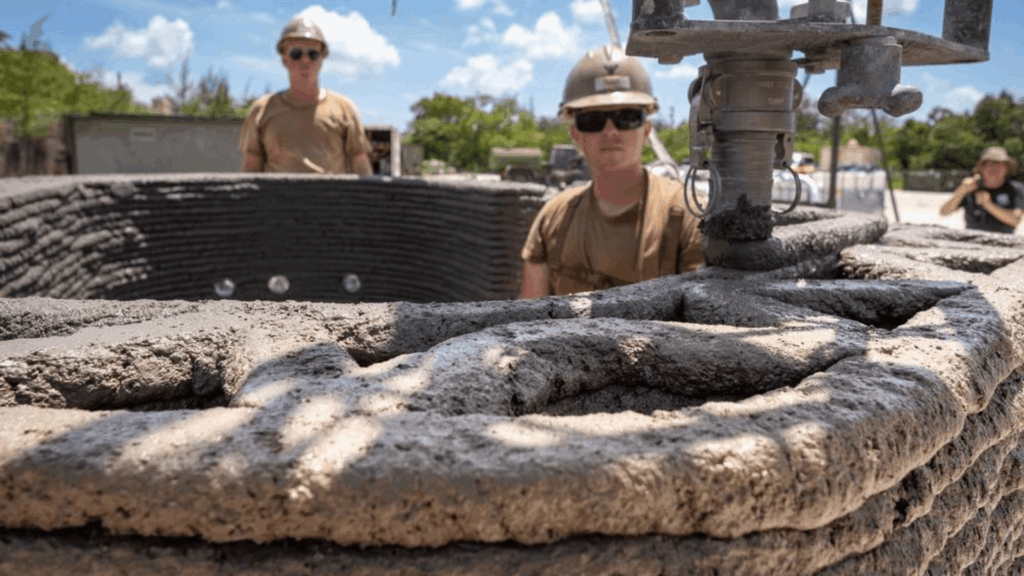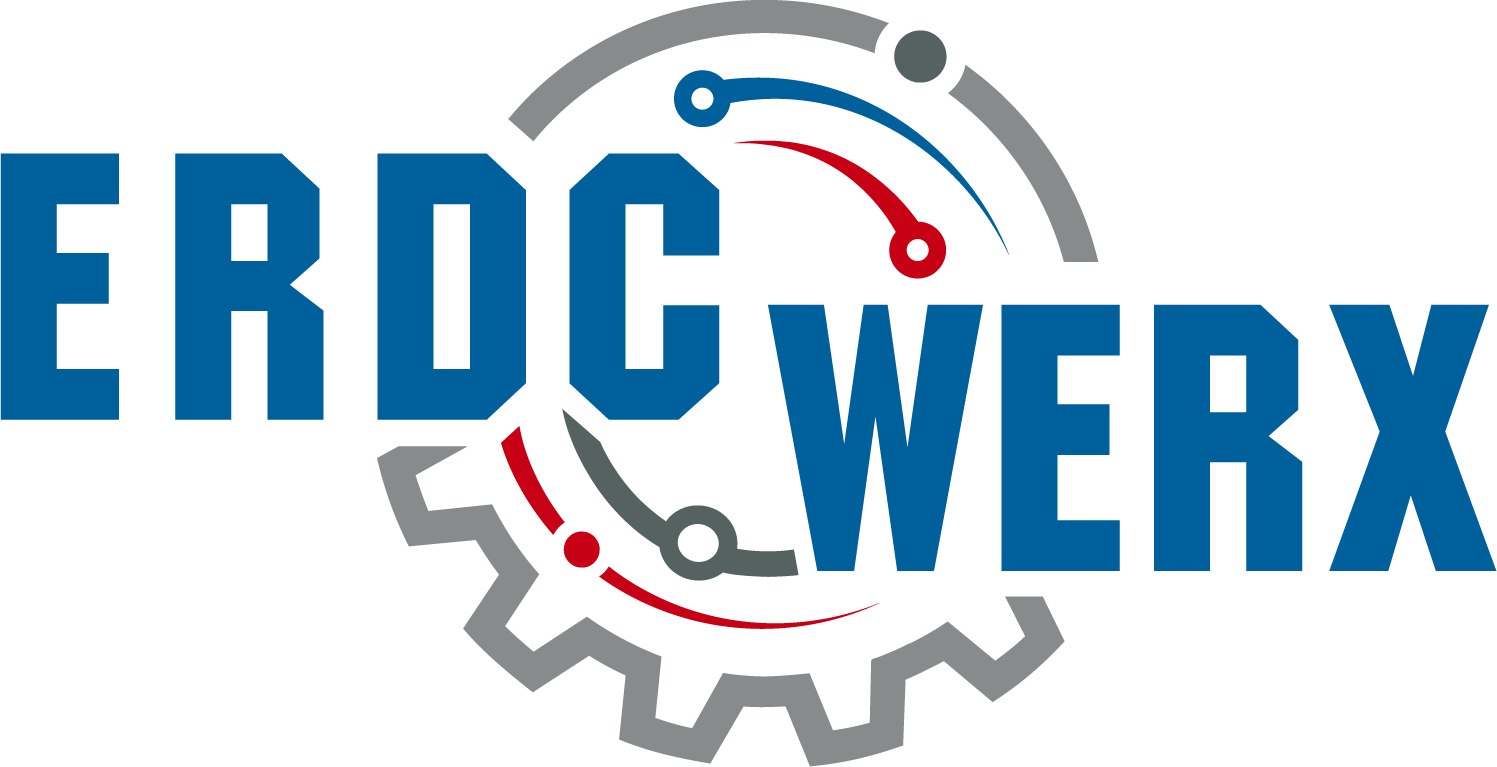Automated Bead Width Control for 3D Concrete Construction
A fast, automated solution for precise control in cement-based additive construction

This automated bead width control system offers a fast, automated solution for achieving precise control in additive construction using cement-based materials. By generating a calibration print with varying speeds of the gantry—the machine framework that moves the print nozzle—and analyzing bead width via 3D scanning and curve fitting, a process map is created that links gantry movement to bead width. This data is leveraged to dynamically adjust print parameters, enabling precise, layer-specific bead width.
The automated calibration and adjustment process completes in under five minutes and supports rapid adaptation to different material properties or design requirements. Designed to support field use, this robust control system improves dimensional accuracy, supports complex geometries, and reduces operator burden, advancing scalable 3D-printed construction for military, infrastructure, and disaster relief applications.
Large-scale 3D printing with cement-based materials, known as additive construction, is often hindered by manual control of material flow and machinery speed. This results in inconsistent bead widths, which compromise structural precision and make it difficult to adapt to changing material properties or environmental conditions. Current control systems lack real-time feedback and automation, preventing the reliable printing of geometries with specific wall thicknesses for structural performance. To overcome these challenges, this automated additive construction control system regulates bead width through calibration prints and process mapping, enabling precise, adaptable printing for complex construction applications.
This technology complements ERDC’s Automated Construction of Expeditionary Structures (ACES).
Benefits:
- Precision control: Achieves ±¼ inch accuracy in bead width
- Automated adaptability: Adjusts gantry speed to accommodate material properties and design requirements
- Rapid calibration: Completes automated calibration and adjustment in under five minutes
Applications:
- Disaster relief housing
- Military construction
- Infrastructure repairs
Patents
- 20250103024 (Search patent)
